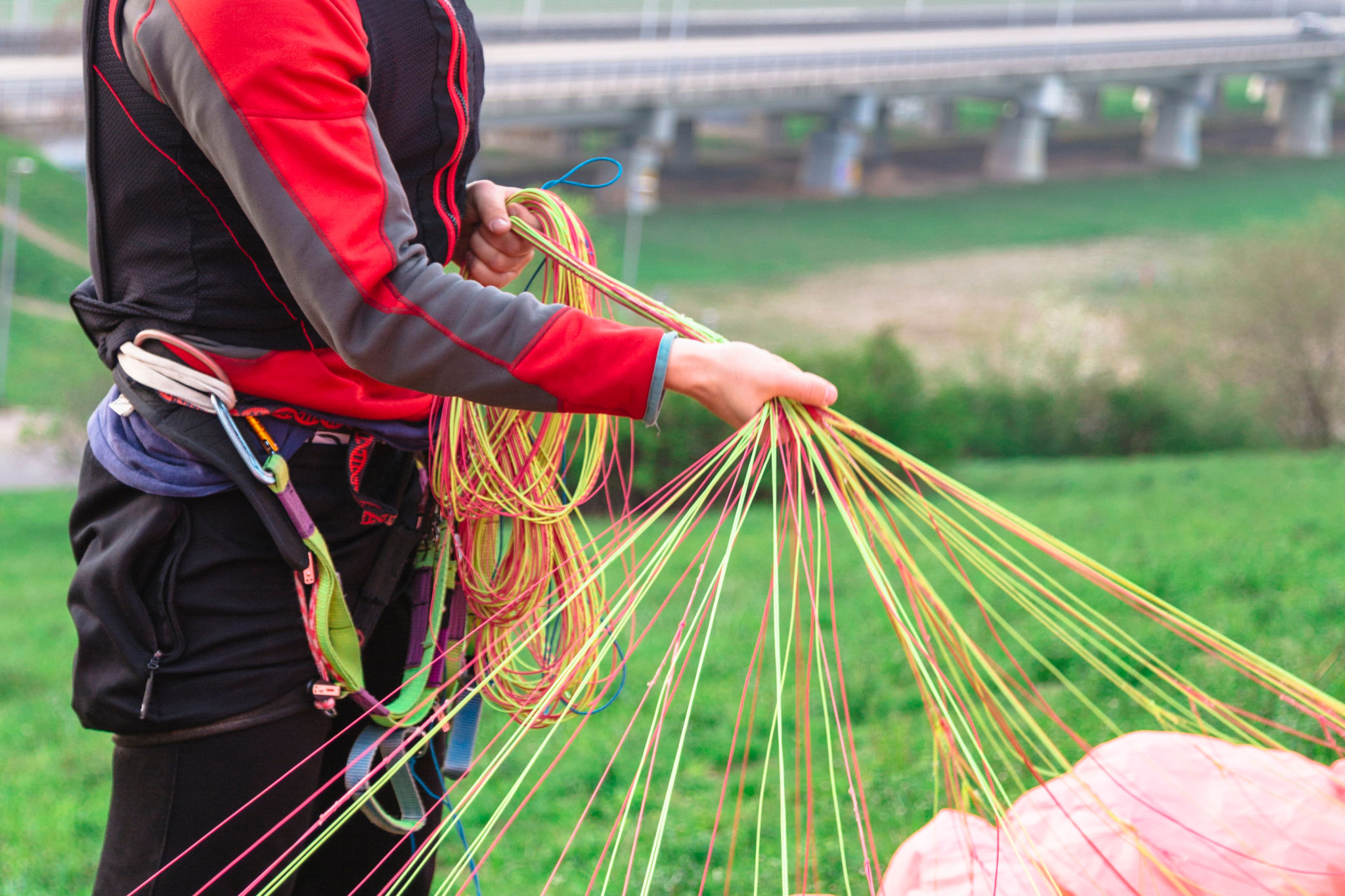Debunking Common Paragliding Myths: What’s Fact and What’s Fiction?
Understanding the Popularity of Paragliding
Paragliding is a thrilling adventure sport that has captivated enthusiasts around the world. Despite its growing popularity, there are still many misconceptions that prevent people from trying it. Let's explore some common myths and separate fact from fiction.

Myth 1: Paragliding is Extremely Dangerous
One of the most pervasive myths about paragliding is that it's inherently dangerous. While any adventure sport carries some risk, paragliding is statistically safer than many everyday activities, such as driving a car. With proper training and equipment, paragliding can be a safe and exhilarating experience. Pilots undergo rigorous training to ensure they can handle various conditions.
Myth 2: Only Athletes Can Paraglide
Another misconception is that paragliding requires peak physical fitness. In reality, paragliding is accessible to people of various fitness levels. The most critical skills are the ability to listen and follow instructions. Many paragliding schools offer tandem flights, where a trained pilot does most of the work, allowing beginners to enjoy the experience without extensive training.

Addressing Concerns About Equipment and Weather
Paragliding equipment is highly specialized and designed with safety in mind. Modern paraglider wings are made from durable materials and tested under stringent conditions. The harnesses are also built to provide maximum comfort and security.
Myth 3: Bad Weather Makes Paragliding Impossible
Weather conditions are crucial for paragliding, but this doesn't mean you can't fly if the weather isn't perfect. Pilots are trained to assess weather conditions and make informed decisions about when it's safe to fly. Calm days are ideal, but gentle winds can enhance the experience, offering smooth and extended flights.

Clarifying Common Misunderstandings About Learning to Paraglide
Learning to paraglide is often perceived as a lengthy and complicated process. While mastering advanced techniques takes time, beginners can learn the basics relatively quickly. Most paragliding schools offer introductory courses that teach essential skills within a few days.
Myth 4: Paragliding is Prohibitively Expensive
The cost of paragliding varies depending on location and the type of experience you choose. While buying personal equipment can be expensive, many beginners start by renting gear and taking tandem flights. This approach offers a cost-effective way to experience the sport before committing to purchasing equipment.

Paragliding is an accessible and thrilling sport that offers breathtaking views and a unique sense of freedom. By debunking these common myths, we hope more people will feel encouraged to take the leap and experience the joy of flying. Whether you're an adventure seeker or someone looking for a new hobby, paragliding could be the perfect fit.
